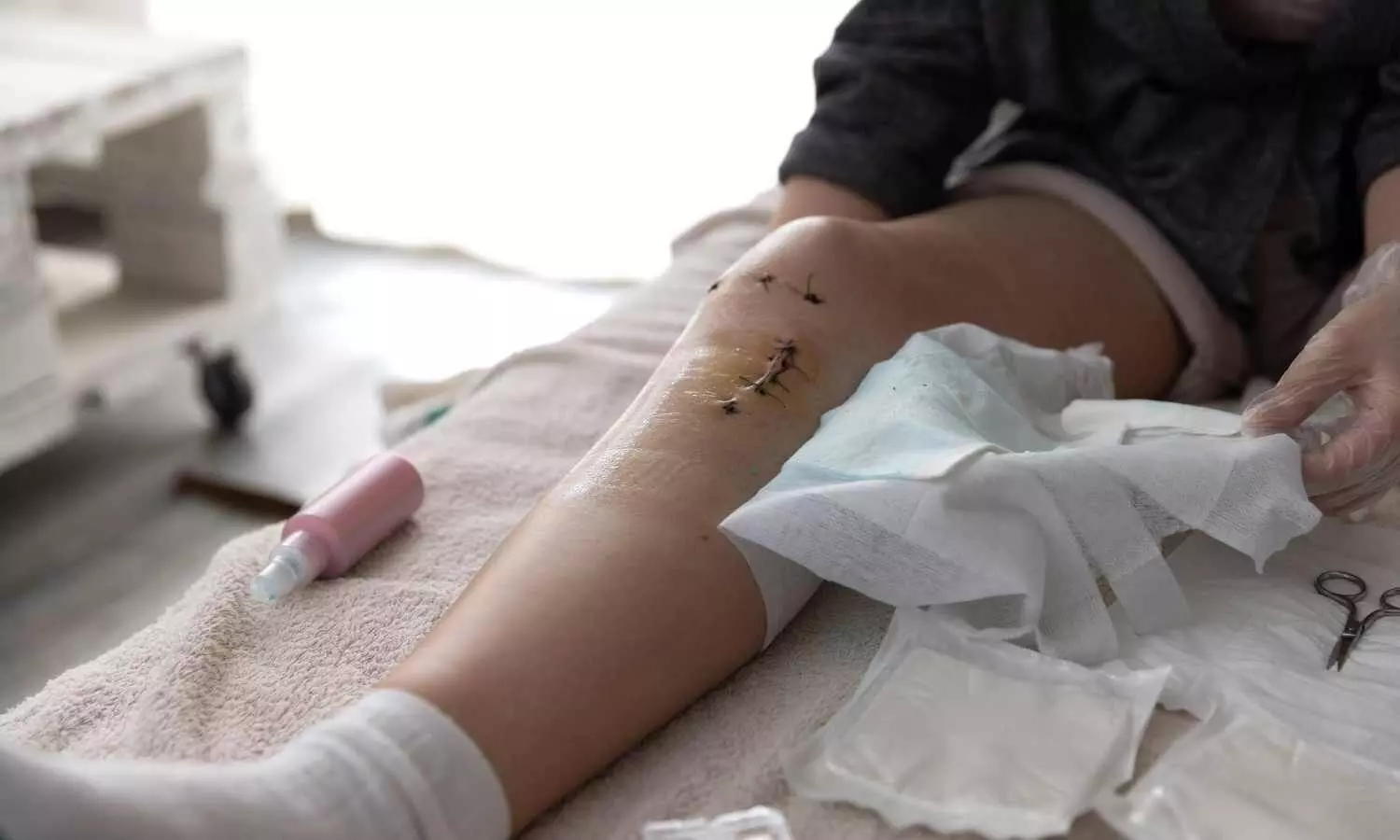Medical News, Health News Latest, Medical News Today - Medical Dialogues |
Delayed ACL surgery may be safe for many adults, less so for some children
1 year 9 months ago
Orthopaedics,Pediatrics and Neonatology,Surgery,Orthopaedics News,Pediatrics and Neonatology News,Surgery News,Top Medical News,Latest Medical News
Health Archives - Barbados Today
More anesthesiologists needed at QEH
1 year 9 months ago
A Slider, Health, Local News
Health – Demerara Waves Online News- Guyana
Guyana laying groundwork to become Caribbean medical hub
1 year 9 months ago
Business, Health, News
Infectious disease doctor says COVID testing is vital this fall as symptoms are less severe or obvious - CBS News
- Infectious disease doctor says COVID testing is vital this fall as symptoms are less severe or obvious CBS News
- Can you get COVID-19 and the flu at the same time? A Mayo Clinic expert weighs in Mayo Clinic
- Fall vaccines: What to know about flu, COVID-19 and RSV shots Daily Herald
- Pharmacy sees interest for flu, COVID and RSV vaccines headed into winter months KCRG-TV9: Your Trusted Local News Source
- WHMI 93.5 Local News : CDC Forecasts Severity of 2023-24 Flu Season WHMI
- View Full Coverage on Google News
1 year 9 months ago
Father of girl who died of dengue fever requests state of emergency from the president
1 year 10 months ago
Health, Local
Breast cancer hope | Lead Stories - Jamaica Gleaner
- Breast cancer hope | Lead Stories Jamaica Gleaner
- How close are we to a cure for metastatic breast cancer? Labiotech.eu
- View Full Coverage on Google News
1 year 10 months ago
Breast cancer hope | Lead Stories - Jamaica Gleaner
Breast cancer hope | Lead Stories
Jamaica Gleaner
1 year 10 months ago
Cancer in children is different from cancer in adults - Jamaica Gleaner
Cancer in children is different from cancer in adults
Jamaica Gleaner
1 year 10 months ago
Cancer in children is different from cancer in adults - Jamaica Gleaner
- Cancer in children is different from cancer in adults Jamaica Gleaner
- Kids coping with cancer | Opinion | postandcourier.com Charleston Post Courier
- View Full Coverage on Google News
1 year 10 months ago
Health Archives - Barbados Today
Teen with rare disorder recovering and heading to Barbados
1 year 10 months ago
A Slider, Charity, Health




